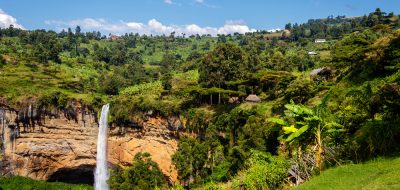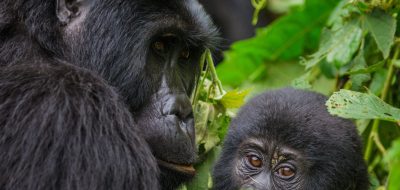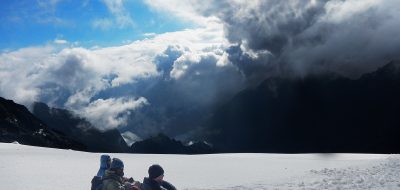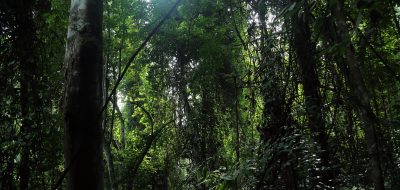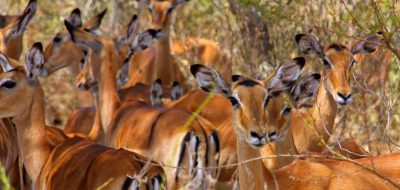Pian Upe Game Reserve is found in the North-eastern part of Uganda, North of Mountain Elgon and covers a series of districts like Amudat, Moroto, Katakwi, and Nakapiripiriti. It is the second-largest Game Reserve after the Murchison falls National Park covering over 2043 kilometers squared.
The Reserve was first gazetted in 1985 at started as the Debasien Animal sanctuary and it did not have any boundaries at the time. The government at one point wanted to turn it into a farm but there was resistance and later on in 1964, it was turned into a Game Reserve and renamed Pian Game Reserve. The government is at the moment planning on upgrading it into a National Park but after redeveloping it to attract more tourists.
Note that before Pian Upe Game Reserve was gazetted, it was a battlefield for the Karamojong groups because it was used for pasture for their animals. The Karamojong from Uganda and Pokot from Kenya would meet and fight till the winner got the right to use the vast savannah grasslands.
Pian can loosely be translated as ‘calm-hearted people’ and it was named after the local people who live around the Reserve known as the Pian. Upe is Kalenjin for ‘enemy’ and it is used by the Karamojong to refer to the Kalenjin who came from Kenya and are now settled around the Reserve. The Kalenjin and Karamojong people live around the National Park and from their clans, that’s where the name Pian Upe came from. When you join the word Pian Upe, it means friendly enemy.
The park is located in a semi-arid area that is filled with a variety of flora. It is surrounded by savannah woodlands, seasonal Rivers and swamps, Kopjes, rocky edges, and short shrubs including butterfly pea, beard grass, thatching grass, bristle, and lemon grasses, red acacia among others.
How to get to Pian Upe Reserve
Pian Upe Reserve is accessed via road and it is an 8 hours’ drive from the capital city of Kampala. The drive starts from Kampala to Mbale city and it is about two hours from Mbale to Pian Upe Game Reserve. You can also drive from Moroto through the Namalu trading center to the Game reserve. Driving can be done in two ways that is either by public means or private means. Private means are better due to the privacy that they offer and you can as well make a quick stop at the Sipi falls that are found in Mbale before proceeding to the Game Reserve. For those that would love to use air transport, there is only one functioning airstrip around and it is found in Amudat.
Animals in Pian wildlife Reserve
This is a unique place with a lot to offer in the wildlife department with different animal species found in the different habitats within the reserve. Animals found in the reserve include cheetahs, jackals, spotted hyenas, Oribis, cape buffaloes, Ungulates, Uganda Kob, Impalas, zebras, Gunther’s Dik Dik, common duiker, mountain Reedbuck, blue duiker, lions, Aardvarks, crocodiles, olive baboons, and common Agama among others. Note that most of the animals in the Reserve have become extinct during the wars but the Uganda wildlife Authority has tried its level best to reintroduce the animals into the Reserve. The reptiles that are found in the reserve include rock pythons, puff adders, Geckos, savannah monitors, and many more others. These animals are categorized into reptiles, primates herbivores, and carnivores and although some of the animals are hard to see, the ones that are a common sight will keep you entertained.
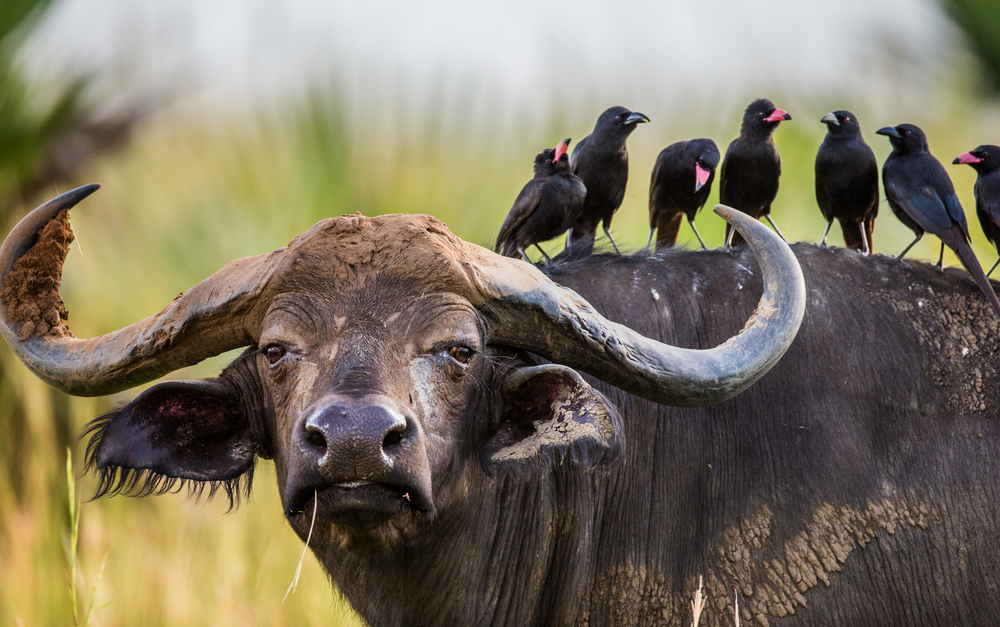
Packing list for a safari to Pian Upe
• If you are planning on camping, you should carry all the necessary camping gear for example kitchenware, tent, bedding, and other things that you might also use on a daily.
• Carry a camera and binoculars with you and do not forget the extra batteries for the camera
• Insect repellent, sunscreen, and a sunhat
• Good hiking and strong boots
• Pack neutral-colored clothes to easily blend in with the wilderness
• Long-sleeved shirts and trousers
• A torch
• Portable charger
• Toiletries
Entrance fees to Pian Upe Reserve
Foreign non-residents adults $35
Children $5
Foreign residents adults $25
Children $5
EAC citizens adults 15000shs
Children 2500shs
The park fees can change at any time and therefore you need to first find out whether they are still the same or if they have changed by the time that you are booking for your safari.
When to visit Pian Upe

Pian Upe is an all-year-round destination for tourists but just like other National Parks around the country, the Pian Upe Wildlife reserve has the best time for when one should visit and this is determined by different factors like weather, climate, and the activities that you might want to engage in while on your safari. The best time to visit the Pian Upe wildlife has been explained in detail below
• November to December
November to December is a dry season and not the best time for tourists who love game viewing. This is because the wet season has just ended and the grass is still lush green and tall making it difficult to easily view the animals.
• January to March
This is also still the dry season and the best time to visit Pian Upe wildlife Reserve. The grass during these months is shorter and scarce making it easy to view the animals. It is also during this period that animals converge around the few waterholes around the National Park to cool off from the heat.
• April to October
This is the rainy season also known as the green season and one that is best for birding expeditions. The roads are nearly impassable, muddy, and slippery and the grass is overgrown and which makes it quite difficult to spot the animals.
What to do in Pian Upe Wildlife Reserve
Birding in Pian Upe
Pian Upe is home to about 242 bird species that have been recorded making it a birding destination for tourists who would love to avoid large crowds while birding. Important things that you should take with you while birding in Pian Upe include binoculars, a camera with extra batteries, a guidebook, and good hiking boots. The birds can be viewed by taking nature walks and game drives through the Reserve. The different bird species that can be seen in Pian Upe include the largest bird in the whole world the ostriches, Fox weaver, shoebill stork, hawks, owls, herons, cormorants, African jacana, pelicans, and Hornbills among others. There hasn’t been extensive bird recording and research in the Reserve and there is a belief that there are other bird species that have not been recorded.
The Pian Upe Game Reserve is joined with two other reserves that is the Bokora wildlife Reserve and the Matheninko wildlife life to form the Mount Elgon Conservation Area which is under the Uganda Wildlife Authority. Uganda wildlife Authority has tried its best to conserve the gazetted areas from poaching and encroachment and so far there has been an improvement that has seen many of the animals that had become extinct being brought back to the Reserve.
Nature walks
Nature walks are one of the best ways in which you can enjoy the wilderness in Africa. A tour guide will take you around the Reserve where you will get to see numerous animals and birds. You will need to however follow the tour guide’s guidelines like never approaching the animals, walking in a line behind the tour guide, putting on neutral clothes to blend in with the wild, and making less or no noise at all while taking the nature walk. This is best done during the dry season when the roads are passable and animals that you might see while on your trek include antelopes, several bird species, primates, and elephants among others.
Game drives
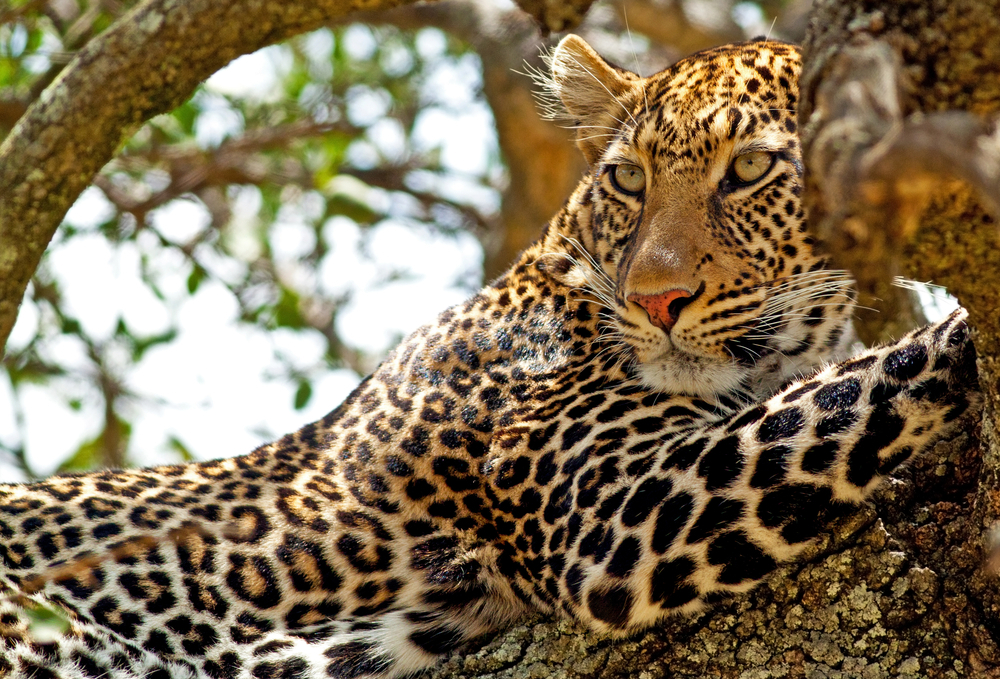
Game drives in Pian Upe are carried out both in the morning and evening. The morning drives start as early as 6:30 or 7:00 am and this is because the animals are always up early searching for food before the heat sets in. the evening drives start at about 3:00 or 4:00 pm and end at 6:30 pm. Game drives are the best way to get around the National Park and see the animals and birds that are found within the Reserve. Some of the wildlife that you will see while on the game drives include ostriches, crocodiles, lions, impalas, and cheetahs among others. The rules that you should follow while enjoying your game drives in Pian Upe include the following:
• Do not get close to the animals and do not approach them
• Drive slowly while on game drives because the animals have a right of way all the time
• Do not leave your vehicle at any one point while on game drives
• Make sure that you do not litter the Reserve
• Do not feed the animals.
Pian Upe National Park is a good place for game drives for tourists who do not love crowds. The Reserve has low crowds all year round and their game drives allow tourists to see the animals without the hustle and bustle of the larger crowds as experienced in other National Parks.
Cultural tours
Just like the Masai in Kenya and Tanzania, Pian Upe Game Reserve is surrounded by the Karamojong and the Kalenjin. They are both nomadic pastoralists and keep on moving from one place to another looking for pasture and water for their cattle. A guided walk through the villages will give you an insight into how the locals live, their day-to-day activities, and their unique culture that has taken long to adapt to the new technologies that have been introduced into the country. The best place to learn more about the Karamojong culture is the Karamoja cultural museum. Take a cultural walk around the villages and get entertained by traditional dancing and song.
Hiking in Pian Upe
The landscape found in the Pian Upe is perfect for hiking. There are several rocky plains that you can check out while in Pian Upe and three main Mountains that you should check out and these are Mountain Napak, Mountain Kadam, and Mountain Elgon. The Napedet caves also offer a great hiking opportunity to tourists. The Napedet caves are the place to see the paintings that were done when the land had not yet been gazetted. It is believed that it was painted by the first inhabitants of the place and when you get to the cave you will get to see paintings of Giraffes, hartebeest, antelopes, and baboons among others.
What you need to know about Pian Upe Wildlife Reserve
The park has gone through different changes that can be witnessed today like the fact that a proposal was made in 2003 to turn the Reserve into a farm but after protests from different groups of people and the Uganda Wildlife Authority, the plan was abandoned, and plans on making the Reserve a top tourist attraction in the country are underway.
Getting to Pian Upe is best done on road. And do not forget that your safari to the Pian Upe Wildlife Reserve can be combined with a safari to the Kidepo National Park. The area is also filled with mercury reserves and gold is believed to be also available in the different parts of the Reserve.
Challenges facing the Pian Upe
The Pian Reserve has faced a lot of challenges since time immemorial and thus has greatly affected the tourism in that area. The Reserve was set up by the colonial government and it was gazetted to protect the wildlife in the area however the animals keep on migrating mainly due to poaching and encroachment by the local people.
The park was greatly affected by the wars that plagued the country both during the Idi Amin regime and the LRA wars led by Kony Joseph. This forced many animals to flee from the Reserve and into Kenya. When the rebels were defeated, they left the Karamojong region and after that the Reserve started experiencing an increase in the animals but the poaching has remained region.
Currently, there is an increase in the number of people living around the Reserve and these have greatly encroached on the Reserve land causing the animals to keep on shifting to safer places. Other pastoralists come on the animals. They normally come into Uganda to rustle the Karamojong animals and end up poaching the wildlife. This is possible because there are no clearly marked boundaries.
The government has tried and is still putting up sanctions to stop the poaching and we hope that it reduces so that there is an increase in the wildlife within the Reserve.
Accommodation in Pian Upe Wildlife Reserve
Pian Upe Game Reserve is still under development and this also goes for the accommodation in the area. There are not many facilities to choose from but the available ones include the following:
UWA Bandas
There are 4 Bandas in Pian Reserve and these are the most commonly used accommodation facilities and are located near the Reserve headquarters. The Bandas are all lit by electricity and they have charging pots for the night. Three of the Bandas are self-contained with en-suite bathrooms and toilets but don’t expect hot water all the time as it will be either cold or lukewarm water. One Banda is not self-contained and you will have to use the outside bathrooms and toilets. However, do not go outside the Banda at night because there is a leopard that lives around the headquarters and is always hunting at night.
Karamoja overland camp
This is a mid-range accommodation facility where each guest is supposed to pay about $150 per night. It is located right below the Uganda wildlife Authority and has several tents that are self-contains with en-suite bathrooms and toilets, single beds, and also runs on electricity.
In case you can brave the two-hour tour from Mbale to The Game Reserve, there are some accommodation facilities that you can use and these include:
• Sipi Home Away
• Sipi falls lodge
• Sipi travellers lodge
• Fredson’s homestay
• Rafiki lodge sipi.
Camping in Pian Upe
Camping is just one of the best ways to experience the African wilderness. The Park’s location gives it an isolated feel of the wilderness. As you go camping, we advise that you carry your own camp equipment. Camping in Pian Upe costs differently depending on what you need to use. If you don’t have your own tents, then you will have to hire out at the following costs. Note that the camping fees go for 15000shs per night and since the cost keeps on changing so you need to contact the Uganda wildlife Authority and book in advance with the right fee.
Single tents 40000shs
Double tents 55000shs.
Although Pian Upe Game Reserve is still little known to some tourists, it is a good destination that has a lot to offer to tourists and after your safari to the Reserve, you can visit the Kidepo National Park to enjoy some of the rarest animals in the country.


